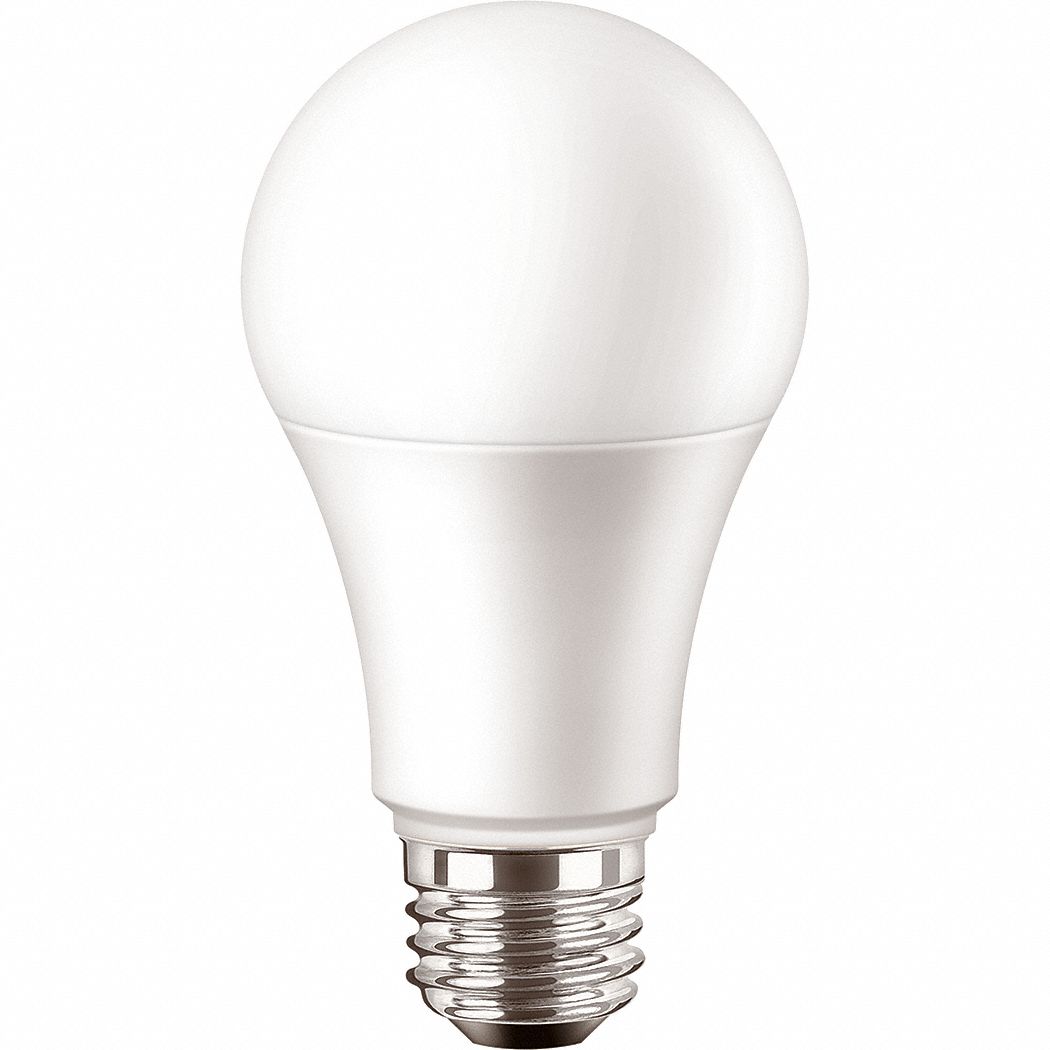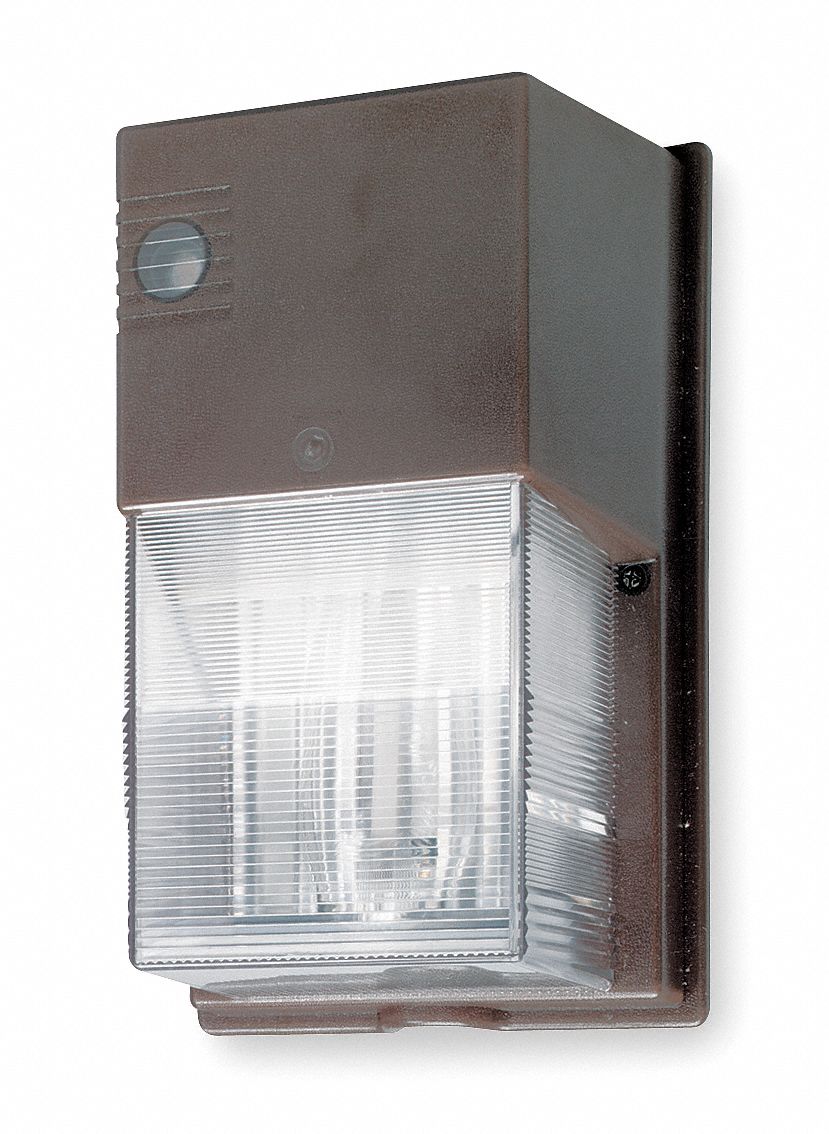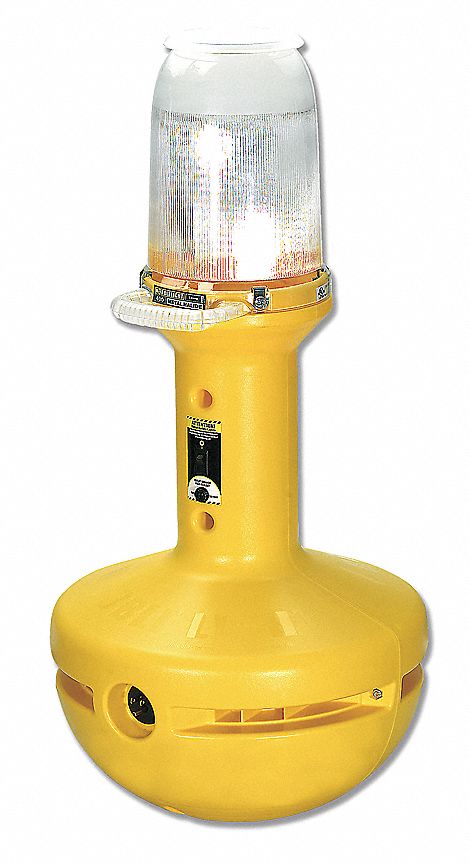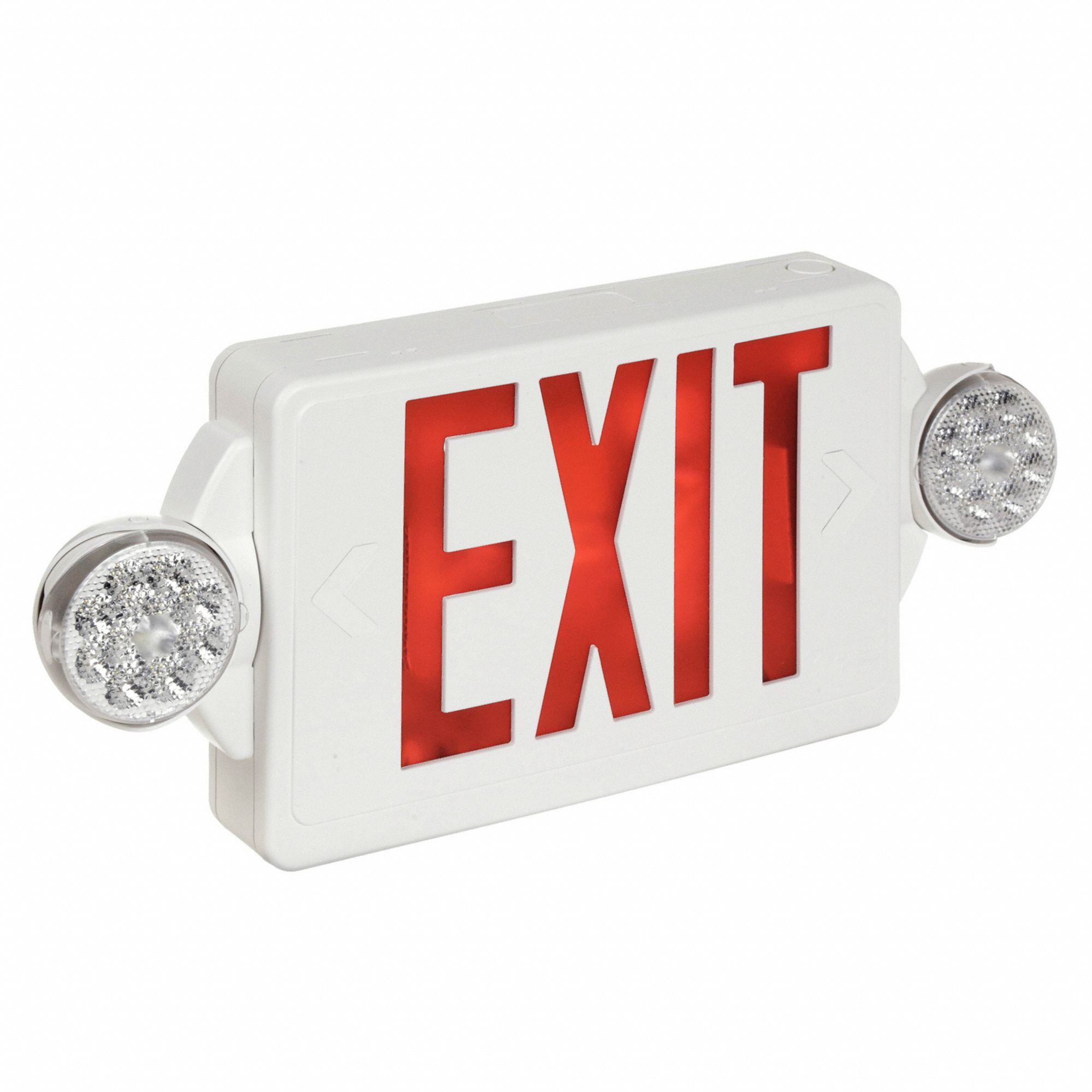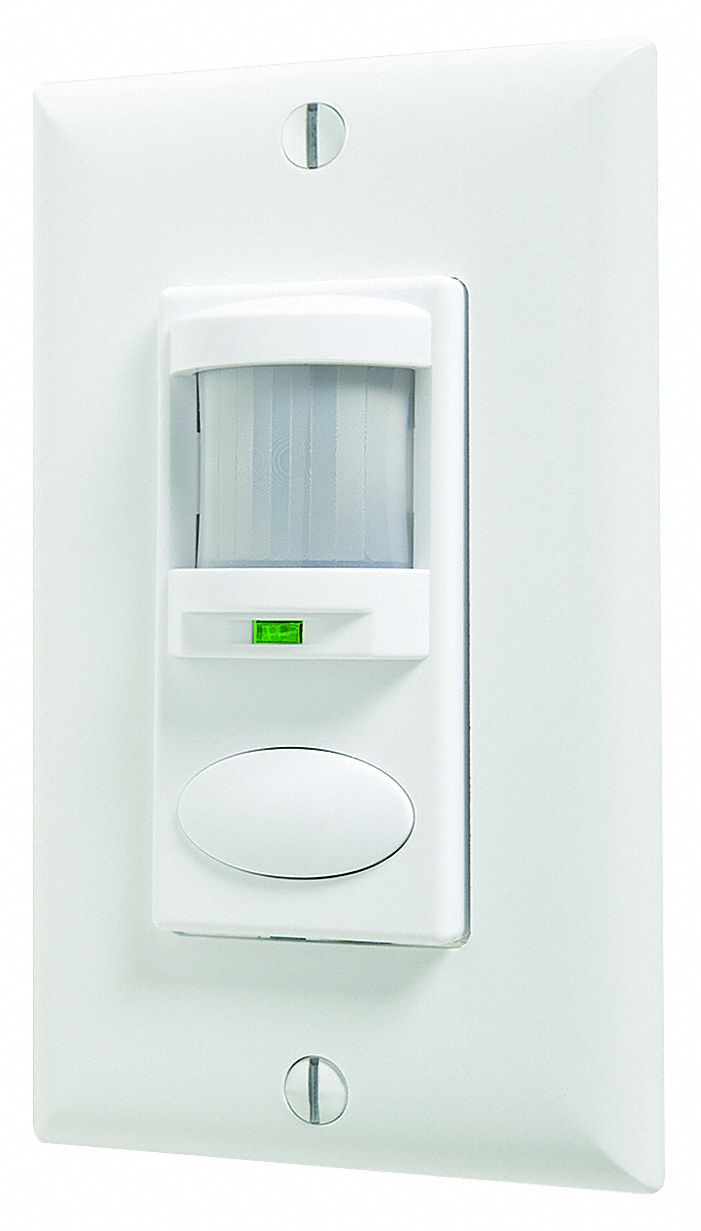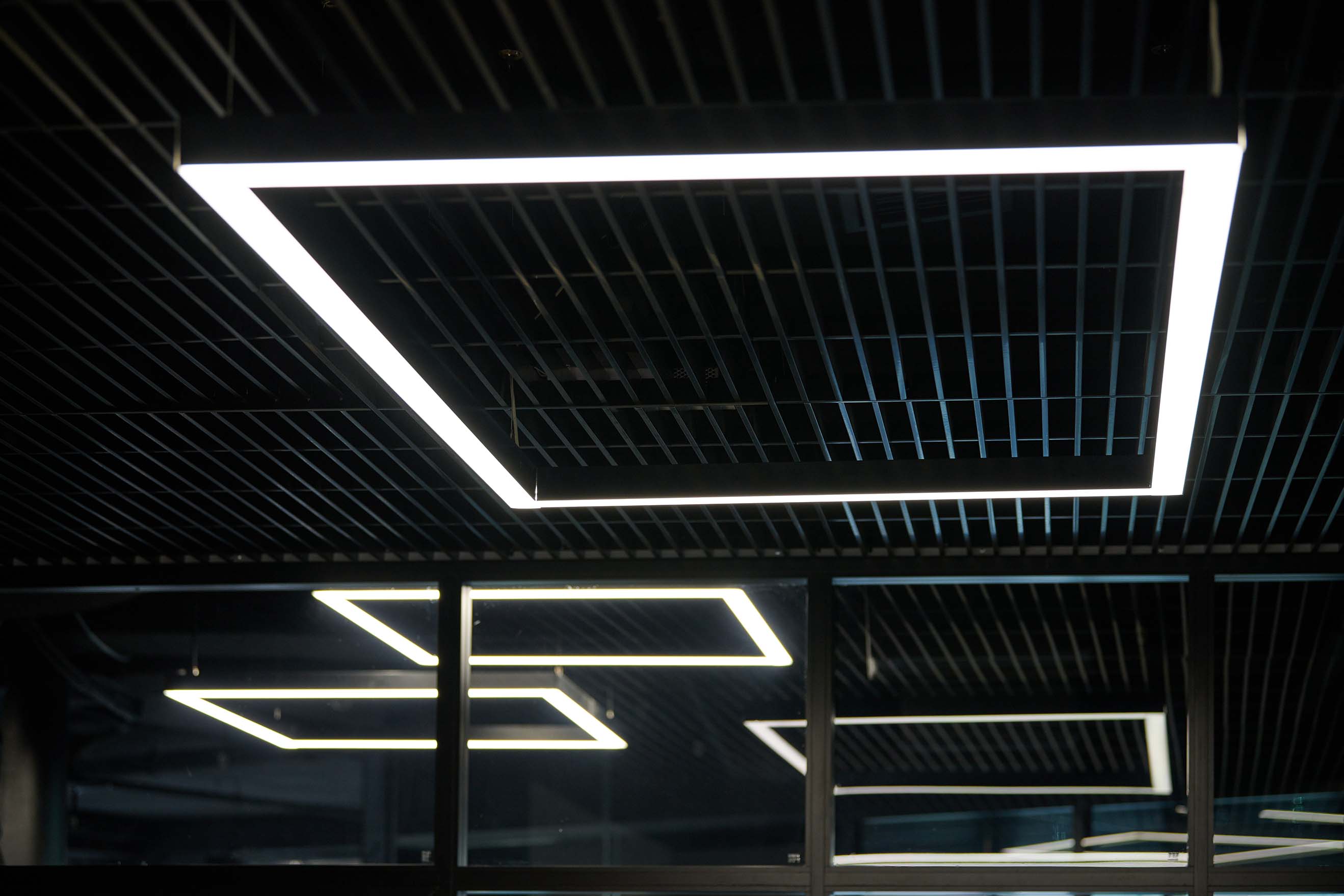

Choosing the Right LED Replacement Bulb
By Grainger Editorial Staff 3/4/22


Replacement LED light bulbs can be an economical substitute for incandescent, fluorescent and high-intensity discharge (HID) lights, helping you save electricity without installing new light fixtures. Picking the right replacement bulb depends on three factors: the type of bulb you're replacing, the level of brightness you need and the color temperature you want for your setting.
Match the Size, Shape and Contacts
The new LED will have to fit into an existing fixture, so you’ll first need to determine the size, shape and contact type of the bulb you're replacing. Here are some common replacement LED light bulb types.
Linear LED light bulbs: These LEDs replace the long, straight fluorescent tubes used in overhead fixtures and come in a range of lengths, from 2 to 8 feet. This type of bulb is also offered in two common diameters, the narrow T5 and wide T8 shape. Linear bulbs can have an array of contact configurations. Most have dual pins on either end, but there are also recessed-pin, miniature-pin and single-pin varieties.
Standard LED light bulbs: These LEDs replace the traditional lightbulbs found in tabletop lamps, track lighting, recessed ceiling cans and similar settings. LED replacements for standard light bulbs come with narrow cylindrical profiles as well as the iconic A-series light bulb shapes. Their contacts include the narrow 12 mm “candelabra” design, the two-pronged E24 style and the standard E26 screw-in base.
HID replacement (HID/R) bulbs: These LEDs replace the bulbs in high-intensity discharge lamps, which are typically used in bright overhead fixtures that stay on for long durations, such as the lighting in parking garages and warehouses. An LED replacement for an HID lamp will need to match its length, shape and contact design, which can range from a 22 mm bayonet to a 39 mm mogul screw. Be sure to check the light output and dimensions of the product to ensure that it will produce the desired light and fit in your fixture.
Specialized bulbs: LEDs are also manufactured to replace a wide variety of specialty bulbs, from circline and U-bend troffer bulbs to spotlights, floodlights, miniature and decorative bulbs.
Plug and Play, Bypass the Ballast or Separate Driver?
When replacing any linear fluorescent, U-bend or HID bulb with an LED, it's important to consider the ballast. Fluorescent and HID fixtures require an electrical ballast that steps up the building’s voltage and modulates the flow of electricity, but LEDs don't need the ballast. There are three basic replacement options:
- Plug-and-play LEDs (also called UL Type A LEDs) work with an old fixture's ballast. They have a special driver that steps the current down to a level the LED bulb can use, allowing these bulbs to operate in a fluorescent fixture without any new wiring. Not all ballasts are the same, so LED manufacturers publish ballast compatibility charts for their products. Type A LEDs can be an inexpensive option, but keep in mind that the ballasts will eventually fail and require replacement to keep the fixture operational.
- Ballast-bypass LEDs (also called UL Type B LEDs) are powered by the building's power supply rather than a ballast. The advantage is that you don't have to worry about replacing the ballast down the line, but the installation requires some electrical work, and you'll need to make sure to apply a label or sticker to the ballast warning that it has been disconnected.
- Separate-driver LEDs (also called UL Type C LEDs) are powered by an external driver that's separate from the LED tubes. These LEDs can offer greater efficiency and dimming control, but installation involves some electrical work. The LEDs and drivers must be from the same manufacturer. This option can be expensive but offers high reliability and compatibility.
There are also hybrid bulbs that can combine the best of both worlds. They work as plug-and-play LED that can be powered by an existing fluorescent ballast—but when the ballast fails, they can be converted to operate as either UL Type B or UL Type C LEDs.
Select a Brightness Level
LEDs are extremely efficient, and the same size bulb can come in a wide range of brightness. LED brightness is measured in lumens, but many replacement bulbs also claim a wattage equivalency. For example, an LED bulb that puts out 800 lumens may also be rated as equivalent to a 65-watt incandescent bulb or a 15-watt compact fluorescent.
Pick a Color Temperature
The light emitted by LEDs can vary from a warm, yellowish appearance to a cooler daylight white. The color temperature is a description of this appearance and is rated in Kelvin (K) degrees. Lamps with a lower color temperature emit light with a warmer, yellowish appearance, while a higher color temperature is associated with a bluer appearance that's similar to daylight.
1,000 K - 2,700 K LEDs: These bulbs produce a very warm light and are often used for accent lighting or to illuminate intimate spaces like restaurant tables.
2,700 K - 3,000 K LEDs: These bulbs give off a soft, warm light that many people find to be inviting and comfortable in domestic spaces.
3,000 K - 4,000 K LEDs: These bulbs emit cooler light that can give a more contemporary look in residential settings.
4,000 K - 5,000 K LEDs: These bulbs produce a crisp white light that's ideal for offices and task lighting.
5,000 K and above: These bulbs emit a blue-white light in the daylight range. They're commonly used for product displays, medical settings and security lighting. They also reveal detail, making them ideal task lighting for intricate, fine work.
If you're not sure what color temperature you'd prefer, Consider using a color-selectable or multi-CCT LED to test different color temperatures in the space.
Consider the Dimmer Switch
If your facility has dimmers in place, check their LED compatibility, and look for dimmable LEDs to avoid dimmer-related glitches. According to manufacturer Leviton, these glitches can include buzzing, flickering and "ghosting" (when the light glows after being turned off). Many LED manufacturers have compiled lists of dimmer switch models that have shown compatibility with their LEDs in hands-on testing.
As more general guidance, manufacturer GE Lighting offers these tips:
- Look for dimmers that are rated for LED or CFL loads and that have adjustable low-end trim or calibration. This allows you to set a minimum light level for the switch, which can help prevent flickering.
- Avoid older TRIAC dimmers intended for incandescent and halogen bulbs.
- Consider replacing all LEDs connected to a single dimmer at once, because older bulbs may perform differently at low dimmer settings. (Working bulbs can be moved to other locations.)
Get Help with Your Upgrade
Grainger's Lighting Services Team can help with comprehensive lighting retrofits that can help reduce operating costs, upgrade infrastructure and improve safety and productivity. Depending on where your facility is located, rebates may also be available.
The information contained in this article is intended for general information purposes only and is based on information available as of the initial date of publication. No representation is made that the information or references are complete or remain current. This article is not a substitute for review of current applicable government regulations, industry standards, or other standards specific to your business and/or activities and should not be construed as legal advice or opinion. Readers with specific questions should refer to the applicable standards or consult with an attorney.

